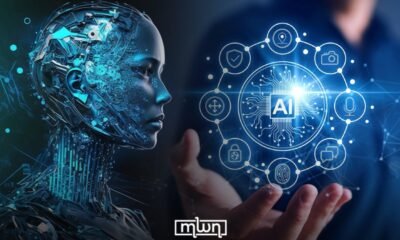As Artificial Intelligence continues to grow at a rapid pace, so will the research behind it at The University of New Mexico. Political Science Assistant Professor Sarah Dreier has been awarded as one of several experts across the country picked to work on a substantial grant-funded project on AI.
The National Science Foundation (NSF) and NVIDIA awarded a combined $152 million to the Allen Institute for Artificial Intelligence (Ai2), spanning the next five years. This funding also includes four academic institutions as sub-awardees: the University of Washington, the University of Hawaii at Hilo, the University of New Hampshire, and The University of New Mexico.
Many generative AI tools that users interact with are proprietary and lack transparency, leaving individuals unaware of how these models are trained or how their own data is utilized. This grant will support Ai2 and its partner universities in developing a national-level, fully open AI ecosystem and infrastructure designed to promote scientific discovery through Artificial Intelligence. In doing so, it will also contribute to advancing the science of AI itself. The goal is to make these tools more open, transparent, and reliable. The initiative builds on the Allen Institute for AI (AI2)’s existing family of high-performing open text models and its open, industry-leading multimodal language models.
Pictured: Assistant Professor Sarah Dreier
As co-PI, Prof. Dreier will co-lead the data curation piece of the initiative. Building a multimodal language model begins with the construction of a large collection of unannotated data, including text and data from other modalities like images and code. “My role builds on my own academic research that evaluates how well LLMs handle unique, idiosyncratic text generated by politicians and policymakers,” Dreier said.
Prof. Dreier will also play a key role in training a diverse workforce, which will include hosting educational sessions to demonstrate how UNM researchers can use the infrastructure to enhance their research. These sessions will also provide an opportunity to gather feedback and brainstorm new applications for the infrastructure that will support UNM research.
“My hope is that access to this cutting-edge infrastructure, training, and computing power will help train and empower our faculty and students, and, in turn, help fuel economic innovation in New Mexico,” she said.
About the team funded by this new initiative, Dreier said, “I am honored to be working with researchers I admire, and I hope this process can jump-start waves of scientific advancement in our state and beyond.“











































